What is a swirly bokeh lens, and when and how would you use one? Our definitive guide to swirly bokeh answers all.
What Does Bokeh Mean?
Bokeh comes from the Japanese word “bokeru,” meaning blur or haziness. In the context of photography, it refers to the way in which out-of-focus areas of an image are rendered by a lens.
As you may have noticed, some lenses will blur a background very smoothly, perhaps even producing a swirly effect, while others tend to render out-of-focus details in a busier way, with harder edges. Generally speaking, smooth and swirly bokeh is considered more desirable than busy and complicated bokeh. the following are some photos to illustrate the shape of swirly bokeh.

Photo by mentatdgt from Pexels

Photo by Alan Cabello from Pexels

Photo by Renato Abati from Pexels
How Do You Say the Word Bokeh?
First of all, the word bokeh is pronounced boh-kay: bo as in “bone,” but a little shorter; keh like the Spanish “que” or the letter K. It is not pronounced bow-key, Boker, Boka, or any of the other ways you may have heard it said.
Good vs Bad Bokeh
Different lenses produce different out-of-focus effects. Some will make background details look quite busy and bitty. This can be very distracting. Meanwhile, good bokeh lenses will produce a beautiful creamy-soft background. And when the bokeh is really nice, the background just seems to melt away behind the subject.
On some more extreme bokeh lenses, out-of-focus rendering can become an almost psychedelic swirl. When it works, this effect can add a lot of movement and interest to an image without competing with the subject for the viewer’s attention. In some cases though, bokeh can become so pronounced that it dominates the entire photo, or it can end up looking gimmicky. But when a lens hits the right balance, there is no doubt that the swirly bokeh effect can look really nice. Particularly for portraits shot against the foliage.
I highly recommend KEH for buying & selling used photography gear.
Swirly Bokeh Lenses
Although often highly sought after in a lens, the “swirly” type of bokeh is really the result of a design defect. But as modern lenses tend to be optically advanced and are designed for sharpness, it’s much rarer to come across truly swirly bokeh with a modern lens. And when you do, the lens is likely to be manual focus only.
In any case, if you’re in the market for one of the more extreme swirly bokeh lenses and don’t have a huge budget to spend, vintage is undoubtedly the way to go. Just bear in mind that older lenses can differ significantly from modern-built lenses, often lacking standard conveniences such as multiple anti-reflective coatings, and “nanotechnology.” However, although vintage optics may not come with the same technological enhancements as their modern equivalents, they frequently offer very beautiful and characteristic out-of-focus rendering and can inject some real character into photos.
Keep in mind, though, that even the most bokehlicious lens will not produce swirly effects on just any subject. So don’t expect to see a whirl of trippy bokeh on a plain background such as a sky or white wall. Generally, swirly bokeh will only appear when the background contains quite a busy repeated texture or pattern (think thick foliage on trees or a gravel drive). Distance from the camera to the background also influences the effect, so you’ll need to experiment a little in order to find the optimum position.

Photo by Balázs Benjamin from Pexels
Do You Need a Bokeh Lens?
In recent years bokeh has become something of an online obsession; with endless forum threads, Flickr discussions, and blog posts dedicated to recommending the best swirly bokeh lenses. But is bokeh really so important?
To be sure, given the choice between two otherwise identical lenses, it would definitely make sense to choose the one that produces the best bokeh. But to be brutally honest, if viewers of your photos are so busy looking at out-of-focus areas, that’s probably a sign that there is something wrong with the in-focus areas. I.e. perhaps they are boring. In this case, you have more important problems to worry about than bokeh.
Indeed, a nice smooth background will look nice, but good photography is about much more than optical effects. More important is the foreground; your subject. And so you’ll find that most professional photographers actually don’t worry all that much about things like bokeh – just as long as the lens doesn’t produce overly-busy and distracting backgrounds.
But in their search for the ultimate swirly bokeh lens, some obsessives go as far as to use old projector lenses or the lenses from cheap CCTV cameras. Despite the fact that such lenses often don’t come with even the most basic controls, such as an aperture ring.
Admittedly, in some cases, the results can look pretty good. But others will just make your head spin. What’s more, if the swirl of a lens is too dominant – effectively making all your photos look the same – it might just end up gathering dust on a shelf once the novelty of the effect has worn off.
To summarize then, we could say that:
- Bad bokeh is definitely to be avoided
- Normal bokeh will be absolutely fine for most photographers.
- Good bokeh is certainly a plus, but it’s probably not something you should become too obsessive about or spend ridiculous amounts of money on.
Whether you like the really extreme swirly bokeh effect is quite a subjective matter, though, and it certainly won’t be right for every photographer. Nonetheless, there’s nothing wrong with using a lens that produces attractive bokeh. And if you’re in the market for a new piece of glass, the quality of bokeh a lens produces is definitely something you should take into consideration when comparing the options.
That being the case, here’s our round-up of some of the nicest swirly bokeh lenses currently on the market.

Photo by Michał Ludwiczak from Pexels
5 of the Best Lenses for Swirly Bokeh
1- Mitakon Zhongyi Speedmaster 50mm f/0.95
Even before getting onto the subject of bokeh, the Mitakon Zhongyi Speedmaster 50mm f/0.95 is already of note just for the extremity of its maximum aperture: f/0.95. Now that’s fast!
The Mitakon is also unusual in being a modern lens that is manual focus only. However, if you’re in the market for truly swirly bokeh, this is invariably a compromise you must be willing to accept, as nearly all of the lenses that produce this kind of bokeh lack autofocus capabilities.
Well-built and a pleasure to handle, the Speedmaster is great for general shooting and portraits. What we’re really interested in here, though, is the fact that the Mitakon produces very attractive swirly bokeh when used wide open. However, we’re not talking nausea-inducing plughole swirl, just a nice degree of smooth circular movement.
It’s worth mentioning, though, that what you gain in character and speed at wide apertures, you lose slightly in sharpness. Nonetheless, the lens performs perfectly well in this department when stopped down.
The Mitakon Speedmaster 50mm f/0.95 is available for Canon, Nikon, and Sony full-frame cameras.
2 – Lensbaby Twist 60
As with the other swirly bokeh lenses we look at here, the Lensbaby Twist 60 is fully manual focus. Thankfully though, focus action is super smooth and reactive. Just don’t expect to be using the lens for too many action shots.
Sharpness is rarely a top priority when choosing a swirly bokeh lens. This is just as well really, as the Twist 60 is never anything more than merely acceptable in this department. However, sharpness will be good enough for most people’s uses and the lens displays thankfully few optical deficiencies or aberrations. As you’d expect, though, some vignetting is apparent at wider apertures, the maximum of which is f/2.5.
That’s all very well, but what about that bokeh? Well, the Twist 60 is definitely one of the more heavy-handed among the modern bokeh lenses. Indeed, for those who like their bokeh subtle and smooth, this may not be the best option. Anyone searching for the optical equivalent of a washing machine, however, will not be disappointed: there’s enough stomach-churning swirl with this thing to have you reaching for the nearest stable object for support.
With that said, the Twist 60’s bokeh is attractive and often softly smears the edges of the frame. This, of course, makes it less useful for shooting anything other than portraits with the subject at the center of the image.
Finally, it’s important to note that this lens is designed for use on full-frame cameras. While it could theoretically also be used on a cropped-sensor camera, doing so would exclude most of the swirly bokeh effect from the frame, thus rendering the exercise a little pointless.
3 – Lomography Petzval 85mm f/2.2
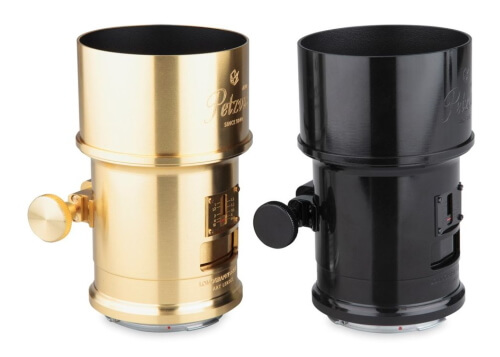
The Petzval 85mm f/2.2 is a reworking of the legendary Viennese Petzval, invented way back in the 1840s but now made compatible with all Canon EF and Nikon F mount cameras by lo-fi enthusiasts Lomography.
The 85mm Petzval looks like nothing else is currently available. Manufactured in Russia by Zenit and featuring a solid brass outer with authentic olde-worlde engraving, this antique-looking relic actually houses some pretty impressive optics. Indeed, color rendition is great and aberrations are minimal. However, there is very clear vignetting and a considerable drop-off in sharpness outside of the image center. In any case, though, you wouldn’t buy such an eccentric lens if it wasn’t precisely because of its unusual optical characteristics.
Talking of which, the Petzval provides good center sharpness before fading out to a strong swirly bokeh effect at the edges. Interestingly, this narrow depth of field effect is accentuated in the Petzval due to a curved rather than flat field of focus – further contributing to the circular form of the bokeh and making it an excellent choice as a portrait lens.
The one major drawback of the Petzval is that it uses drop-in Waterhouse stops to change lens aperture. While authentic to the original Petzval design, this means rummaging around in your bag to find the correct stop each time you want to change settings. And heaven forbid that you lose any of the stops! Let’s just say that the aperture ring found on modern-style lenses offers a very clear advantage over the Petzval in terms of convenience.
4 – Helios 44-2 58mm f/2.0
One of the most popular options in the true vintage bokeh lens category is the Russian-made Helios 44-2 58mm f/2.0. This is a great big old glass and metal tank of a lens and is of course entirely manual focus. Nonetheless, the Helios has been given a new lease of life in the digital age, becoming renowned among portrait photographers for the very pronounced swirly bokeh effect it produces.
Shooting with this thing produces a rollercoaster ride of swirling bokeh, with a distinctly old-school feel. Although the lens is vintage and highly desirable, it was produced in relatively large numbers over the years, so thankfully it can still be picked up very cheaply today. However, unless you already shoot with a Leica, in order to use the Helios you’ll also need to purchase a separate Leica M-mount adapter.
5 – Zenitar 50mm f/1.2 S
The Zenitar 50mm f/1.2 S is another modern lens with a distinctly vintage look and feels, effectively coupling the usability and bokeh of an old Zenit with the convenience of a modern lens mount. As with all the other swirly bokeh reproductions we’ve looked at here, this means the focus is manual only. Similarly, the center of lens sharpness may be perfectly acceptable, but it’s very far from outstanding when compared to most other modern lenses.
More positively, the Zenitar’s smooth and swirly bokeh is distinctly reminiscent of the old Helios (above) and the color rendition is pleasingly vintage-looking right out of the camera. Build quality, too, is from another era; none of your modern plastic lightweight junk here, this thing looks like it would stop a speeding cold-war bullet.
The Zenitar 50mm f/1.2 S is designed to work with cropped-frame APS-C cameras. Although it could also be used on full-frame models if you don’t mind the heavy vignetting. Definitely one of the most usable of all the swirly bokeh lenses we’ve looked at in this guide.
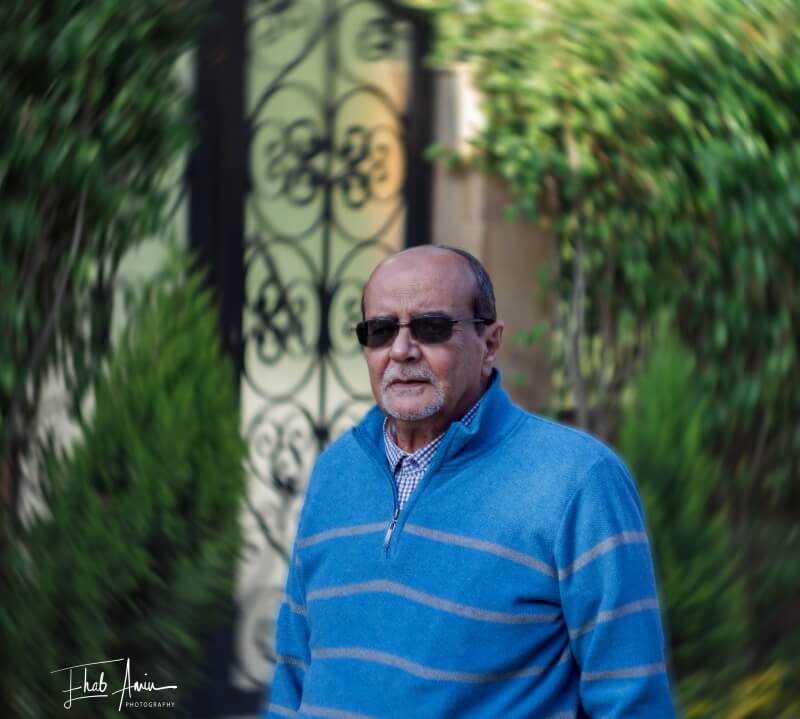
Photo by Ehab Amin
Final Thoughts
Swirly bokeh lenses can certainly be a great way of adding unique character to your photography and will be of particular interest to portrait photographers. Just how swirly you’ll want to go, though, will depend on your personal tastes and preferred style of photography.
While modern swirly bokeh lenses offer the convenience of compatible lens mounts, they typically come with certain distinctly old-school compromises; most notably less-sharp optics and manual-only operation. Given these limitations, a good alternative can be to go directly for a vintage model. It may not perform any better than the modern equivalent, but the cost might be as low as one-twentieth of the price.
Can’t afford brand-new lenses?
Sometimes, buying a new Lens can be very expensive for many people. However, Keh is a great option to get a used one at a reasonable price. Read the full review here.
Related Posts
Bokeh Photography – What Is Bokeh Effect
Thanks for reading, I hope you enjoyed the article if you have any questions just post below & I will be happy to answer you.
The feature by kalli gruen from Pixabay
If you enjoy the site, don’t forget to subscribe, we will only inform you when a new article is posted.

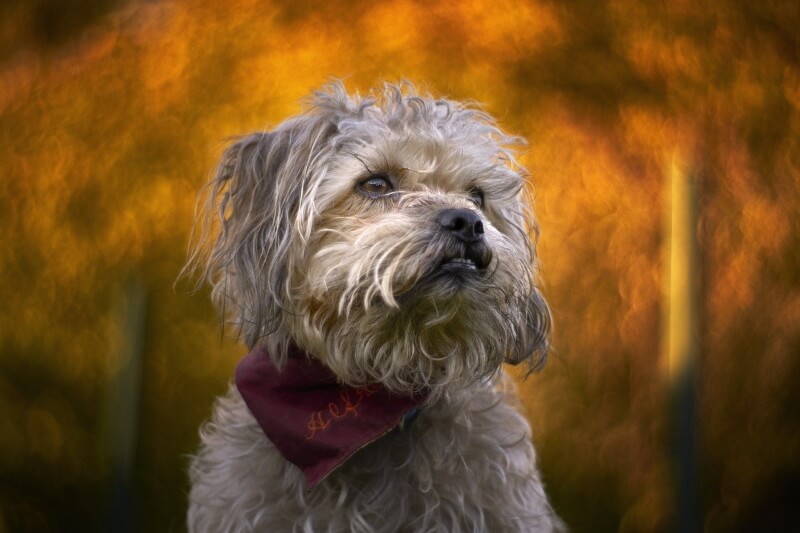



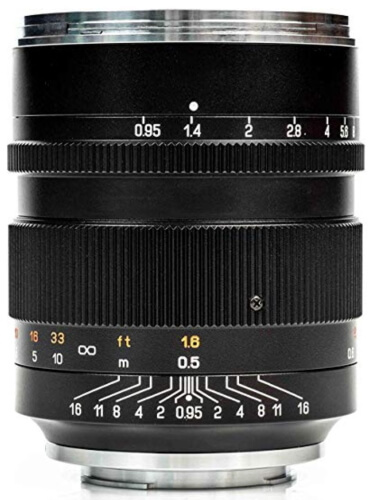
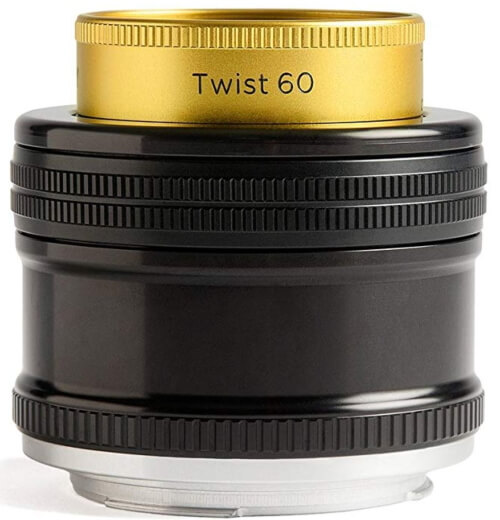
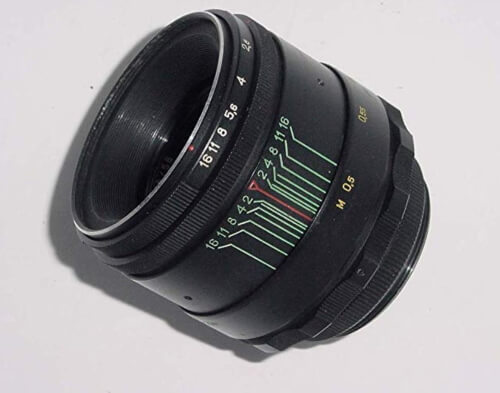
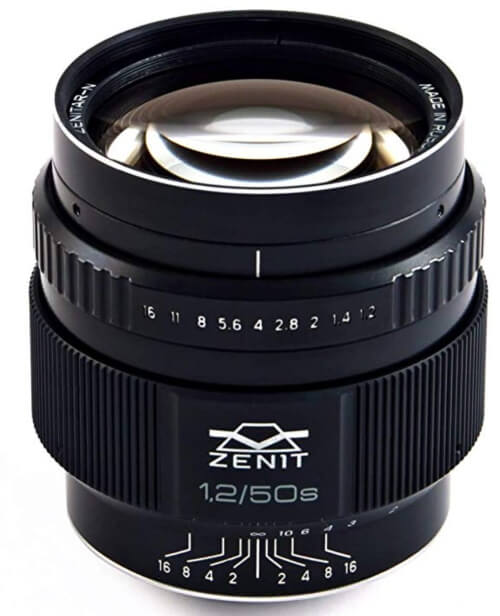




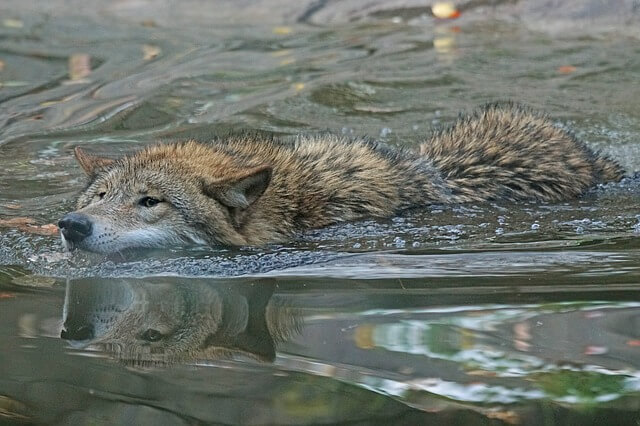
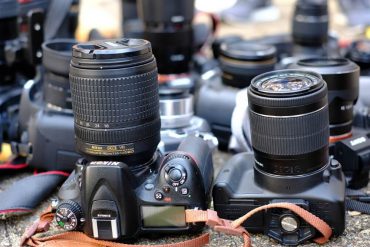
Thanks for this well conceived and executed piece. One minor point about the Helios:
It was produced in two mounts, neither of them Leica M. One was 39mm (Leica thread mount) and the other the ubiquitous M42 (Pentax thread.
“The Swirly Bokeh Lenses: What They Are and Why You Need Them” article is a comprehensive and engaging resource that explores the fascinating world of swirly bokeh lenses in photography. Authored by an experienced photographer, it delves into the unique characteristics of these lenses, their ability to create mesmerizing bokeh effects, and the artistic possibilities they offer. Whether you’re a professional photographer or a photography enthusiast, this article serves as a valuable guide to understanding swirly bokeh lenses and their potential to enhance your creative vision.
Thanks for your comment! I’m glad you found the “Swirly Bokeh Lenses” article comprehensive and engaging. It explores the unique characteristics of these lenses, their mesmerizing bokeh effects, and the artistic possibilities they offer. Whether you’re a pro or an enthusiast, it’s a valuable guide to understanding and enhancing your creative vision.
I find these Swirly Bokeh Lenses truly fascinating! The unique effect they create in photographs is captivating. As someone who enjoys photography, I’m eager to get my hands on these lenses and experiment with adding a touch of magic to my shots. Thank you for providing such informative content in this article. It has inspired me to explore new creative possibilities in my photographic endeavors. Keep up the great work!
Thanks for your comment! I’m glad you find Swirly Bokeh Lenses fascinating and captivating. It’s great to hear that the article has inspired you to explore new creative possibilities in your photography. Enjoy experimenting with these lenses and adding a touch of magic to your shots! Keep up the great work too!
Thank you for sharing such an informative and engaging article on swirly bokeh lenses! Your detailed explanation of what bokeh means and how different lenses produce varying bokeh effects was truly insightful. I appreciate the examples you provided to illustrate the concept, as well as the pronunciation clarification for the word “bokeh.”
I particularly enjoyed reading about the pros and cons of swirly bokeh lenses, and your emphasis on finding the right balance. Your suggestions for vintage lenses and their unique characteristics added an interesting perspective to the topic. Furthermore, your inclusion of the “5 Best Lenses for Swirly Bokeh” was a helpful resource for those looking to explore this artistic effect.
Thanks, Anoth for your rich input! Glad that you liked the article!
Hi, what is the exact difference between bokeh lenses and classic lenses with adjustable focus, just being curious as I wasn’t familiar with them until now.
While reading your post… It is engaging and interesting, even though I am not a PRO photographer, but I do take a lot of pictures for my projects.
I think readers might appreciate a comparison table of the products you are promoting so they can have a quick overview of the specs, still a nice post.
Matej
Thanks Matej!
Many thanks to you for sharing such an excellent article with me and I am delighted to discuss one of my very favorite topics. I love to take pictures and I take pictures from Student Life today. The most expensive thing for photography is the lens because the picture is good for this lens .I used the Lensbaby Twist 60 lenses in your article and I don’t want to say that great pictures come with this lens which is very interesting and nice to see. However, I can’t use this lens for very action shots so I am interested to purchase Mitakon Zhongyi Speedmaster 50mm f / 0.95 swirly bokeh lens.This lens is great for shooting and portraits .Swirly Bokeh Lenses are really great and I think these are the lenses I want for photography .
I will share with you my new experience with photography soon with the new lens .
Thanks Shanta for your input, glad that you find the article useful.